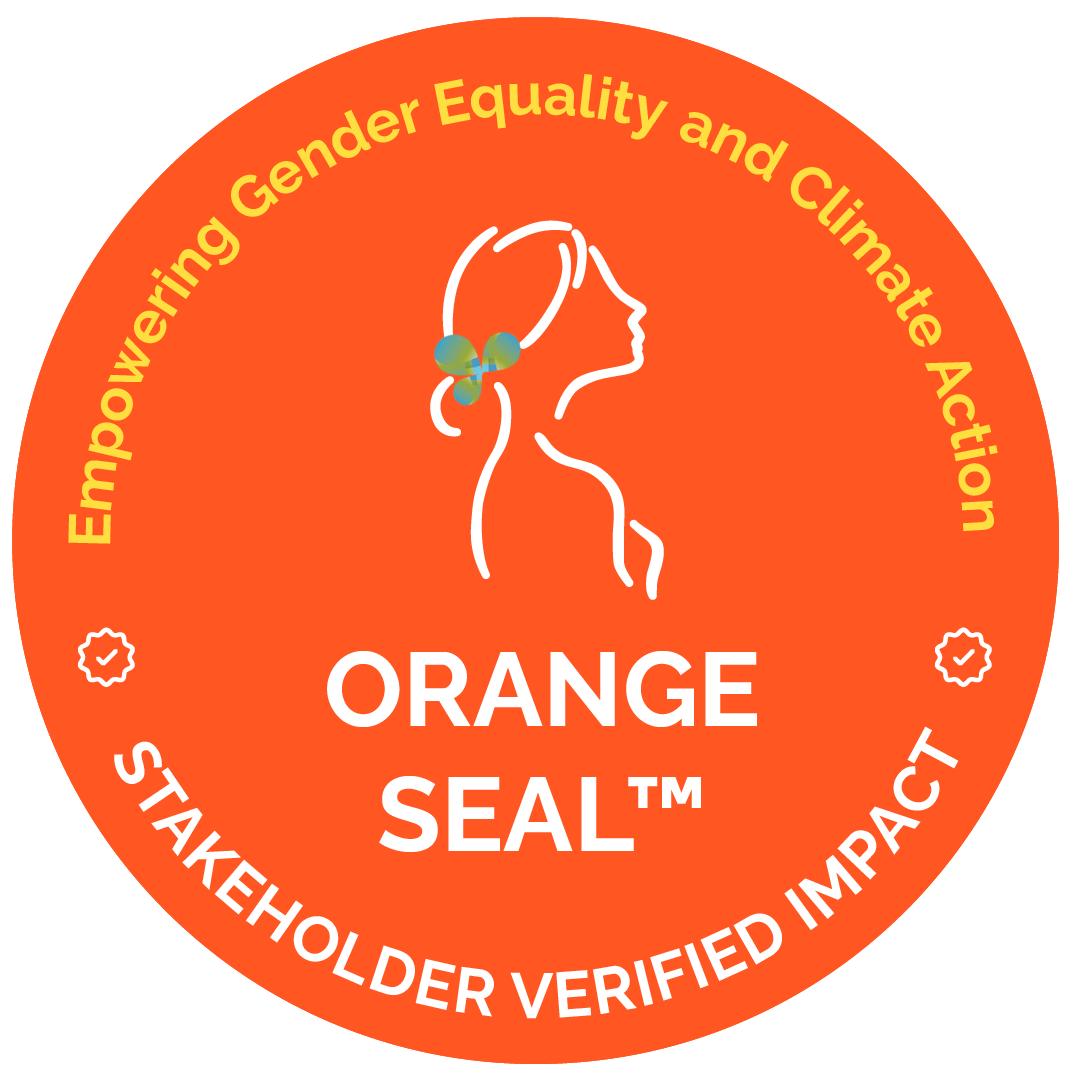1 in 4 people lack safely managed drinking water, shocking? It is actually worse.
The Joint Monitoring Programme (JMP) report 2021 estimates around 1 in 4 people lack safely managed drinking water in their homes. This would be around 2 billion people. Sounds like a lot? In reality this is likely much more.
The JMP is the official UN mechanism for monitoring progress towards SDG 6, including subtarget 6.1, “to achieve universal and equitable access to safe and affordable drinking water for all” by 2030. However, there is reason to believe JMP may be undercounting the number of people with access to safely managed drinking water.
Improved vs unimproved vs safely managed drinking water
The JMP classifies water into “improved” and “unimproved” sources. JMP defines Improved sources as “those which, by nature of their design and construction, have the potential to deliver safe water”. Thus, water from an improved source is not necessarily safe to drink. JMP then further divides improved water sources into “safely managed”, “basic”, and “limited”. Only safely managed water sources are 100 % potable. The full list of definitions can be seen found here. To achieve SDG 6.1, the world must achieve universal access to safely managed drinking water. This is defined as “an improved source that is: accessible on premises, available when needed, and free from contamination.” In other words, drinking water must be available within one’s dwelling, yard, or plot and safe to drink. Anything less does not meet the criteria for reaching SDG 6.1.
When analyzing JMP data, the total number of people with access to safely managed drinking water amounts to 2.8 billion people. With the global population nearing 8 billion, JMP data suggests that nearly two thirds of people lack access to safely managed drinking water.

Global access to safely managed drinking water .
So what’s with the discrepancy between the commonly cited 1 in 4 figure and the published data? Well, first of all this data is difficult to find in many places, especially in developing countries where cash-strapped governments often lack the resources to a) provide water access, b) monitor water access, ensure that the water provided free of e-coly, and then c) invest in monitoring water quality. JMP data for India and the Democratic Republic of the Congo for example, two large developing countries, do not include access to safely managed drinking water. Thus JMP may be relying on overly optimistic government data when coming up with their estimates.
Do 1-2 people lack access to safe drinking water?
Dalberg, a policy consulting firm, conducted a study in 2015, which estimates 4.4 billion people lack access to safely managed drinking water. Even UNICEF, one of the facilitators of the JMP along with the WHO, states in a different publication that “less than 50 per cent of the population in India has access to safely managed drinking water”. With many developing countries in the same or worse situation than India, it’s easy to see how the reality is likely that less than half of the world’s population has access to safe drinking water.
Poor people in developing countries cannot wait for centralized, expensive water-utilities that provide drinking water in western countries to be built, and it’s unrealistic that these will reach all rural-communities. Thus in order to reach SDG 6.1 before 2030, we will need to embrace innovative solutions. WHO certified Nazava water filters provide an affordable way to reach the global south, ensuring nobody is left behind with SDG 6. We’ve reached over 500,000 people in Indonesia, Kenya, Ethiopia, and 32 other countries with safe drinking water and we are aiming to reach 10 million people by 2030.

From August 29 – September 1, Nazava, along with other safe water entrepreneurs will meet in Stockholm for World Water Week 2022 to develop solutions to the planet’s most pressing water-related challenges. Join us in Stockholm to learn more about our innovative model to leave nobody behind on SDG 6.
Author: Steven Ramsey, [email protected]



